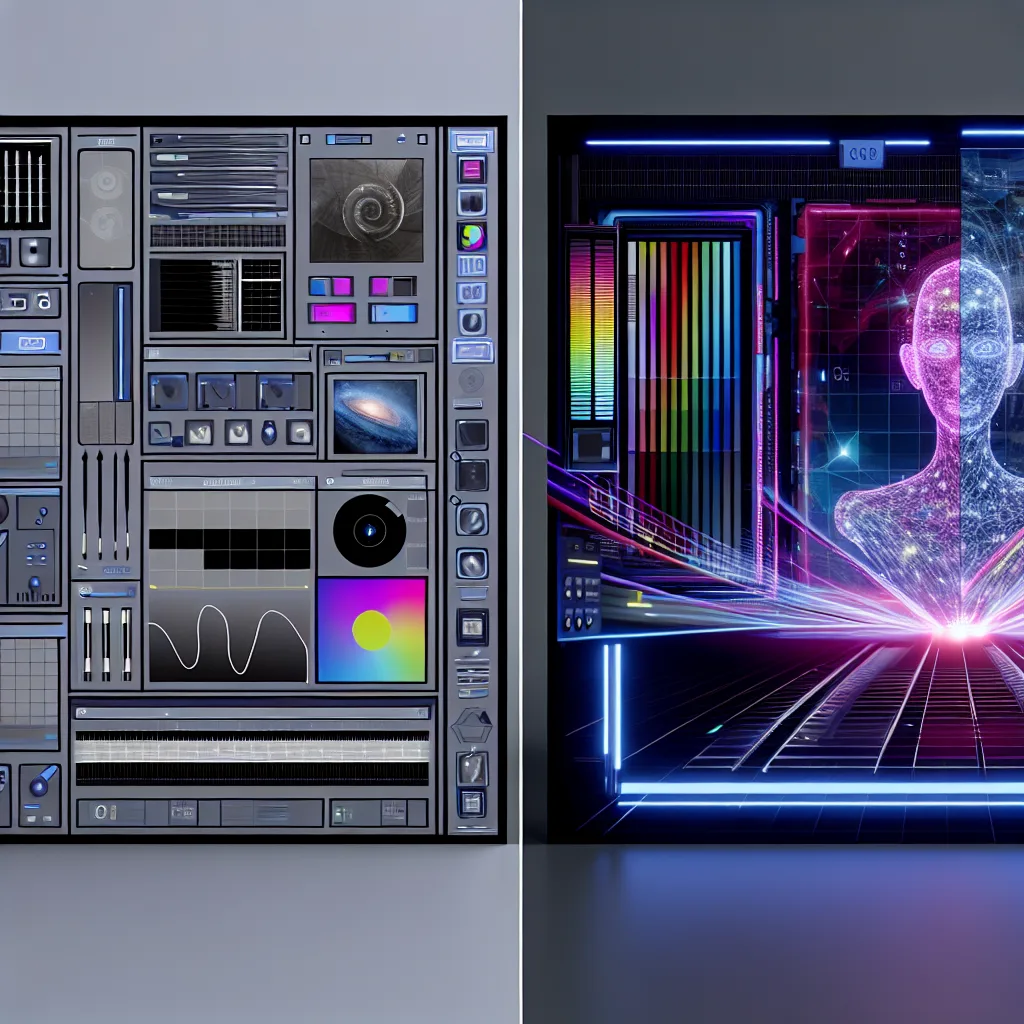Examining the impact of Nano Banana on traditional photo editing techniques
You might have heard about Google’s latest creation, Nano Banana. It’s an image model that’s catching a lot of attention, mostly because of how well it keeps characters consistent in photos. As someone who’s fiddled with photo editing for years, I couldn’t help but wonder: has Nano Banana actually changed what photo editing means today?
Let me start with the basics. Photo editing has long been about tweaking images—fixing colors, removing blemishes, adjusting light, or playing around with effects. Tools like Photoshop have been our go-to for everything from simple edits to pretty complex creations. But Nano Banana is different. It promises an extreme capability to keep elements like characters consistent throughout changes without the usual hassle.
What is Nano Banana Bringing to the Table?
The key strength of Nano Banana lies in its smart image-modeling capabilities. Instead of manually correcting images frame by frame or layer by layer, Nano Banana automates consistency. Imagine you replaced a character’s face or posture in a series of photos and every frame adjusted perfectly. That’s powerful stuff.
But here’s the thing: does that render traditional photo editing tools obsolete? Not quite. Yes, Nano Banana handles some tasks with a finesse that seems almost magical, but Photoshop and its peers still have a robust set of features that cater to a huge range of edits—from precise retouching to artistic design.
Are the Fundamentals of Photo Editing Changing?
This question goes beyond cool new tech. The fundamentals—cropping, exposure adjustment, color grading, retouching—those aren’t going anywhere. Nano Banana enhances the process, especially when it comes to maintaining character consistency. But at its core, photo editing still revolves around creative choice and manual touch.
In other words, Nano Banana adds a powerful tool in our kit but doesn’t throw out the rulebook. For photographers, designers, and hobbyists, it means less repetitive work and more time to focus on the artistic side. This could shift how people approach editing but not completely change the basics.
What Does This Mean for Everyday Users?
If you’re not a pro but someone who enjoys playing with photos, Nano Banana might make the process easier and more fun. Consistency-related headaches could become a thing of the past. Still, you’ll find yourself using basic photo editing features for things like cropping or brightness adjustments.
Where to Learn More
If you want to geek out on the technical side, Google’s official blog on Nano Banana is a great read Google AI Blog. For those wanting to explore photo editing software options, Adobe’s Photoshop resources are worth checking out Adobe Photoshop. Lastly, general updates on AI in photo editing can be found on tech sites like The Verge The Verge AI + Photo Editing.
Final Thoughts
So yes, Google’s Nano Banana is impressive and can definitely smooth out some parts of photo editing, but it hasn’t completely changed the fundamentals yet. It’s more about enhancing what’s possible, especially with character consistency, rather than replacing the skill and creativity that photo editing demands.
If you ask me, this is good news. It means we get to enjoy new tech without losing what we love about photo editing—the personal touch. And honestly, that feels like a win for all of us who love messing around with pictures from time to time.
